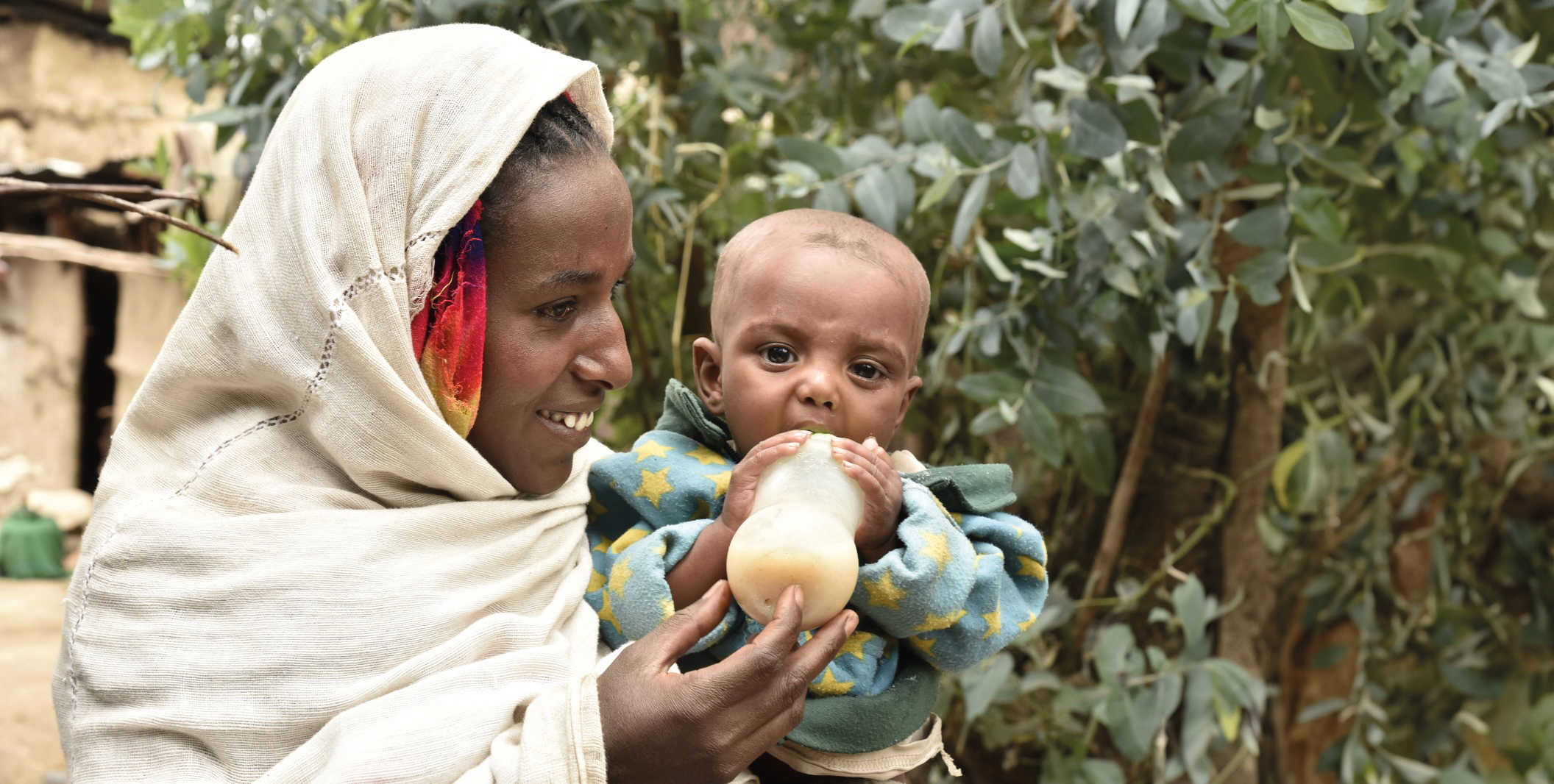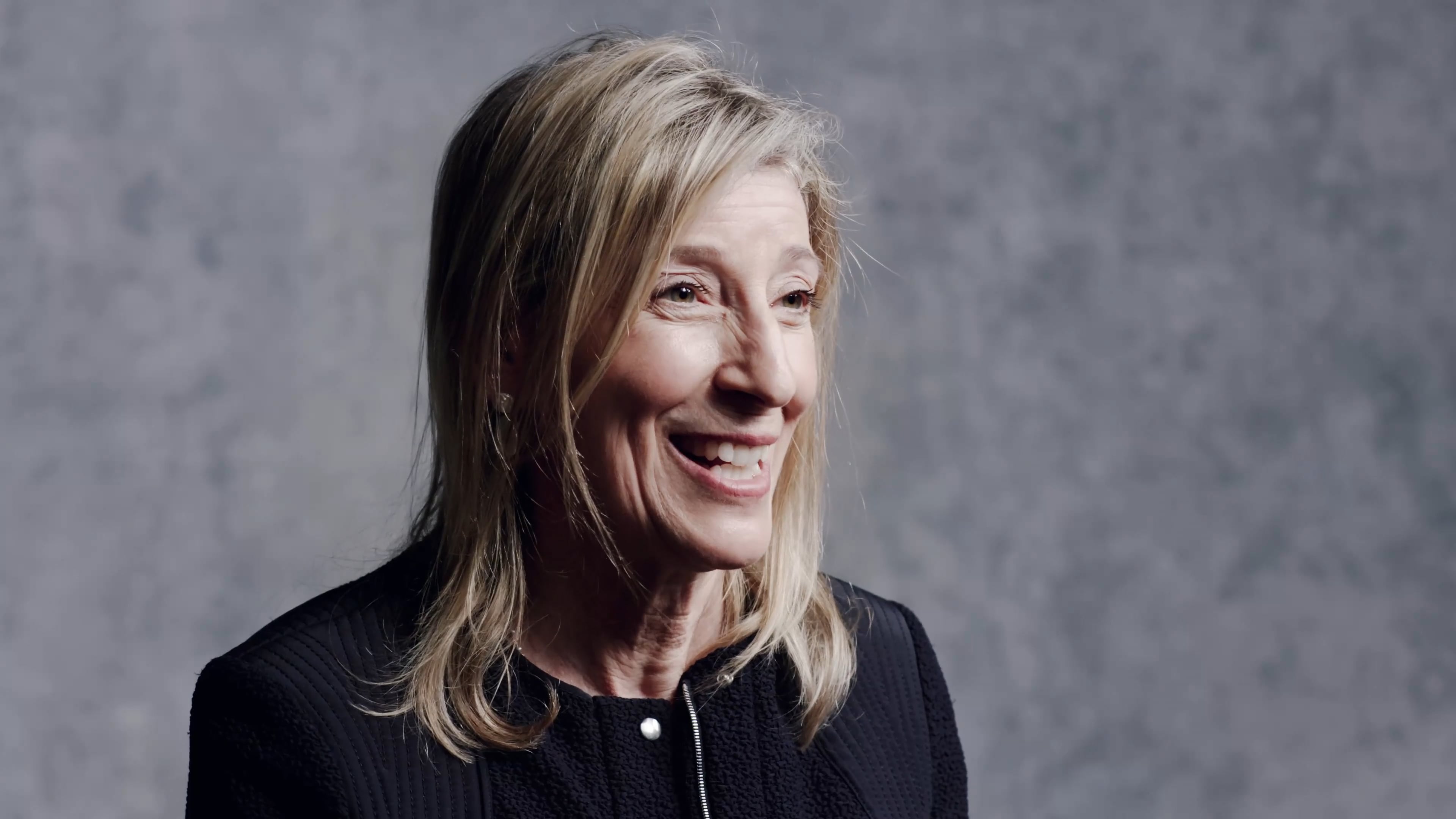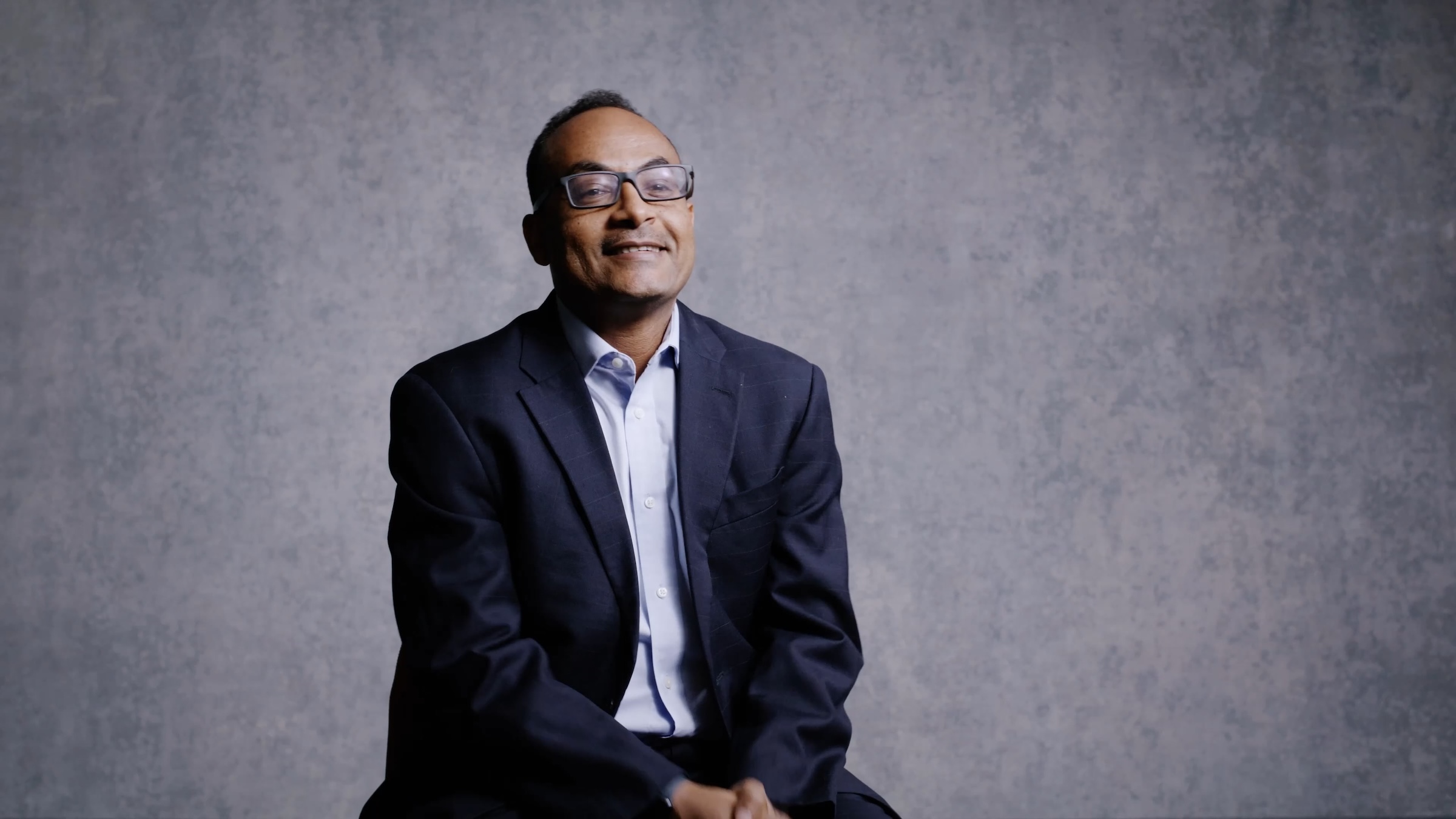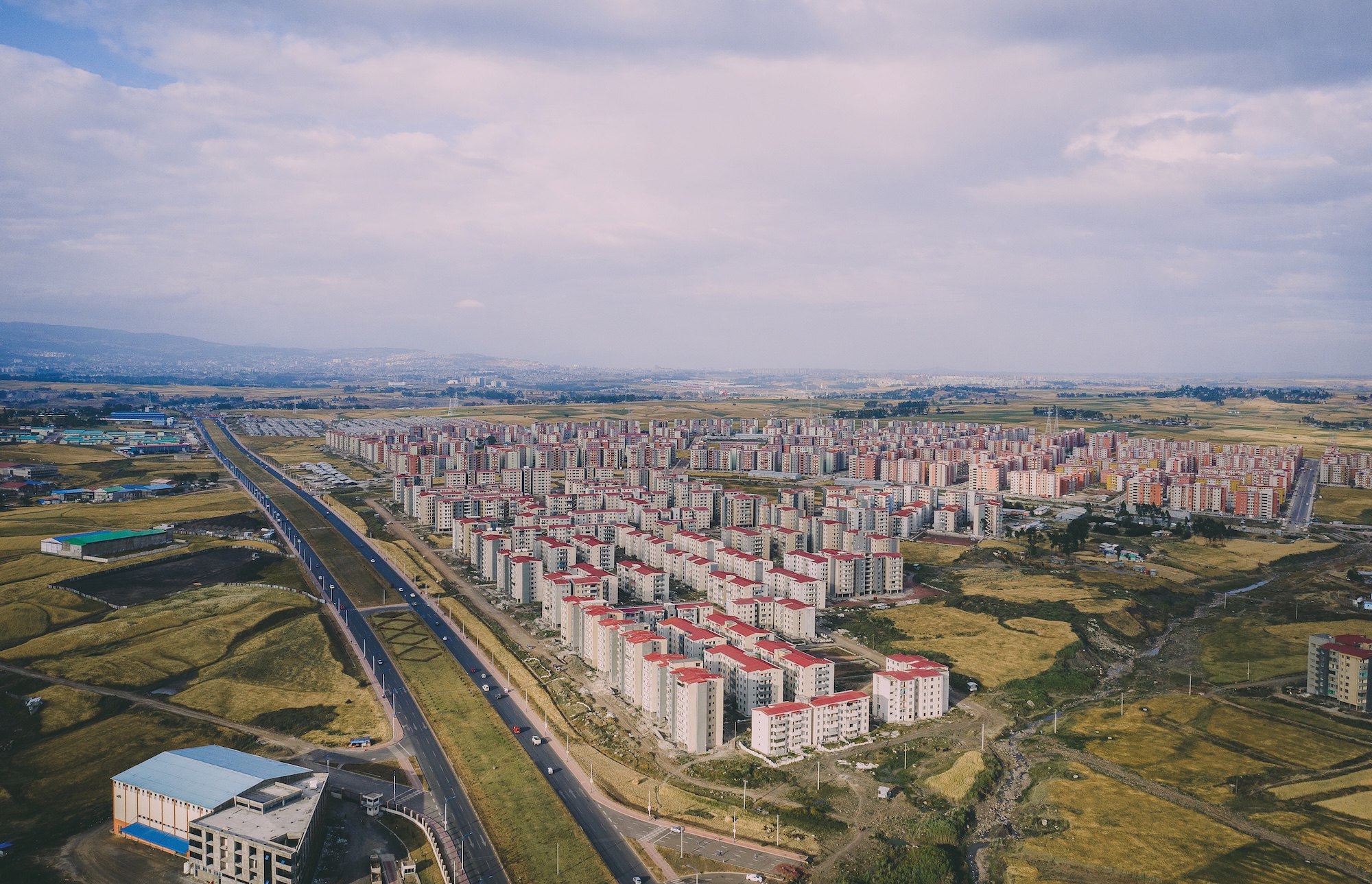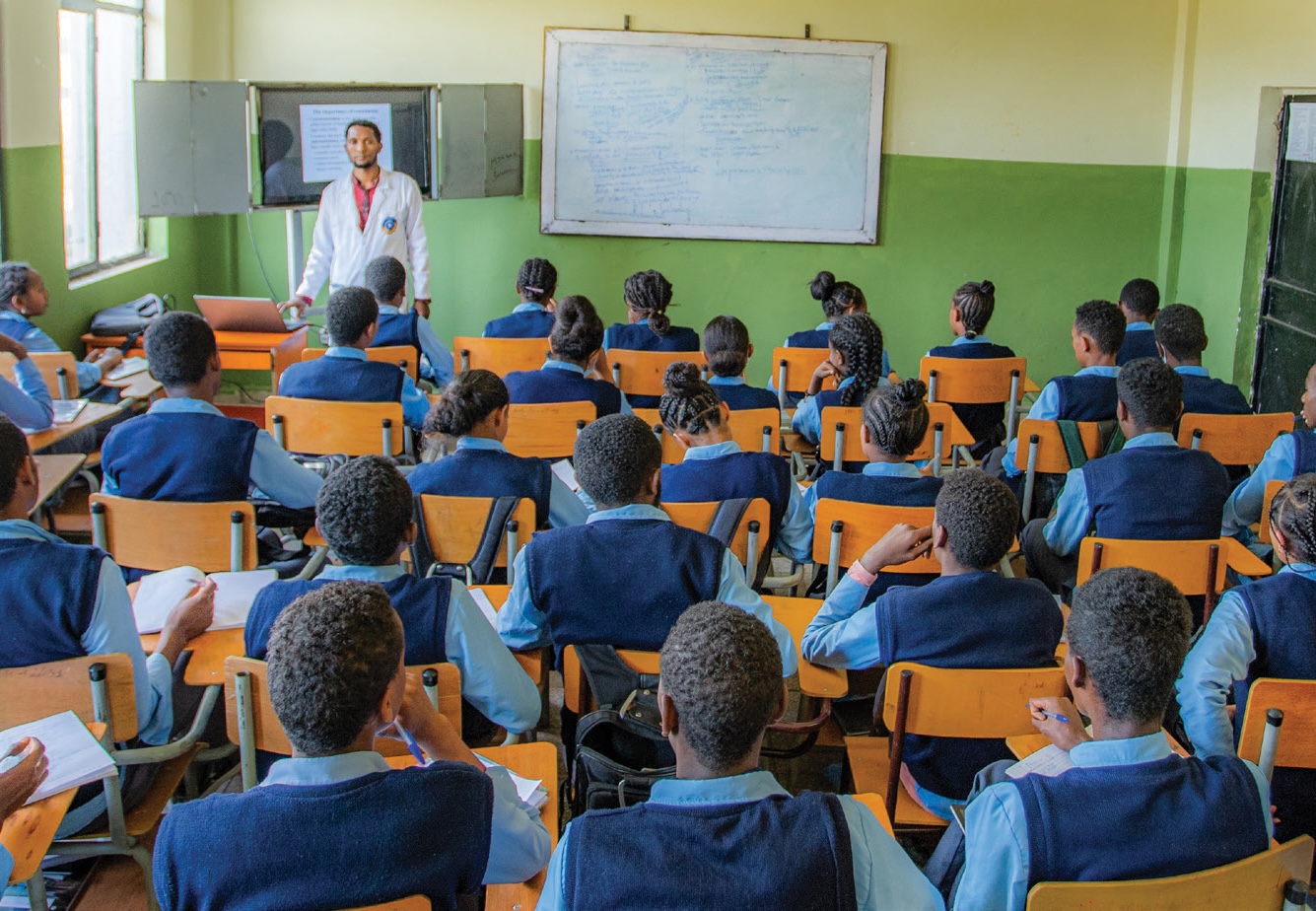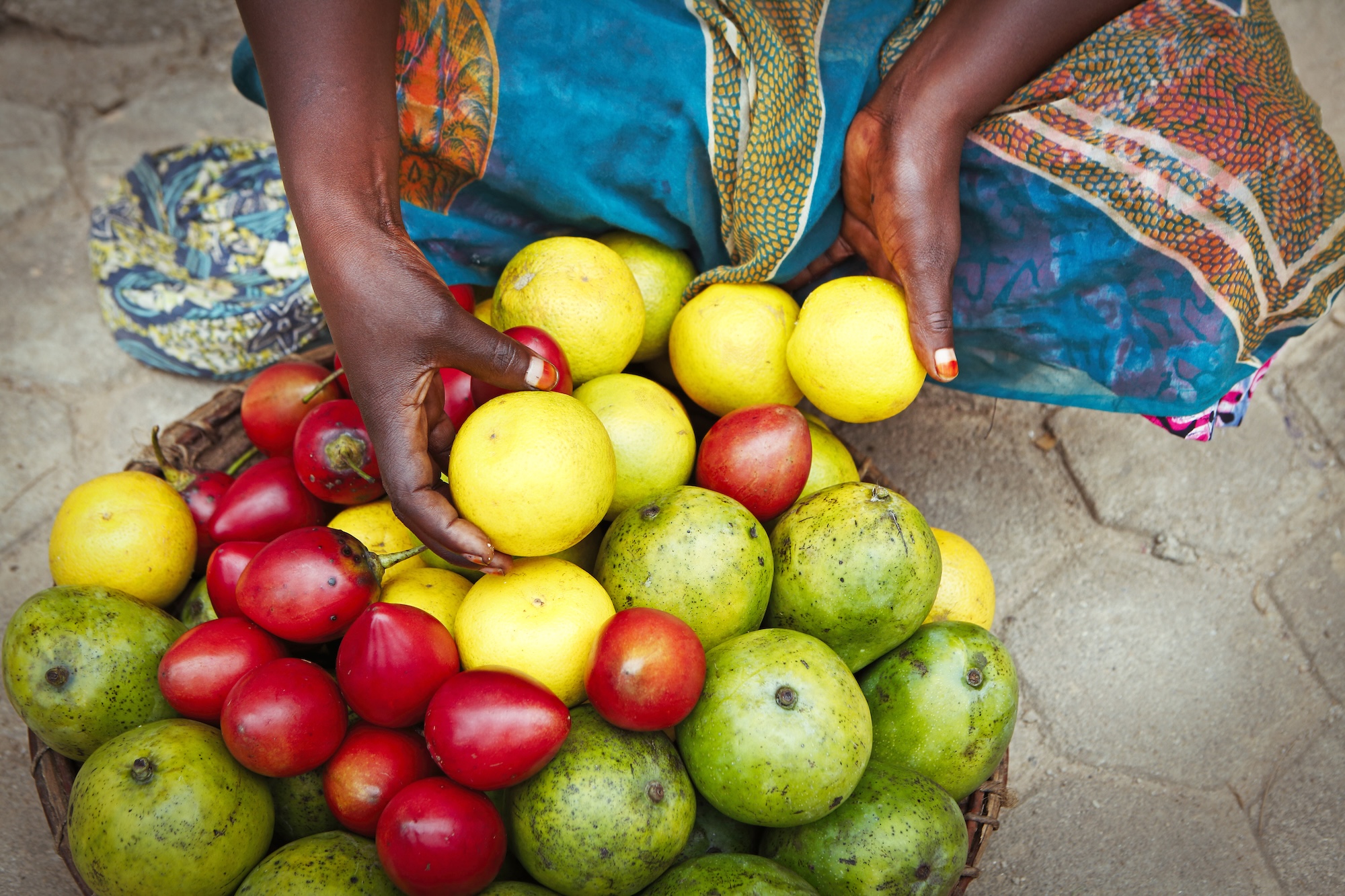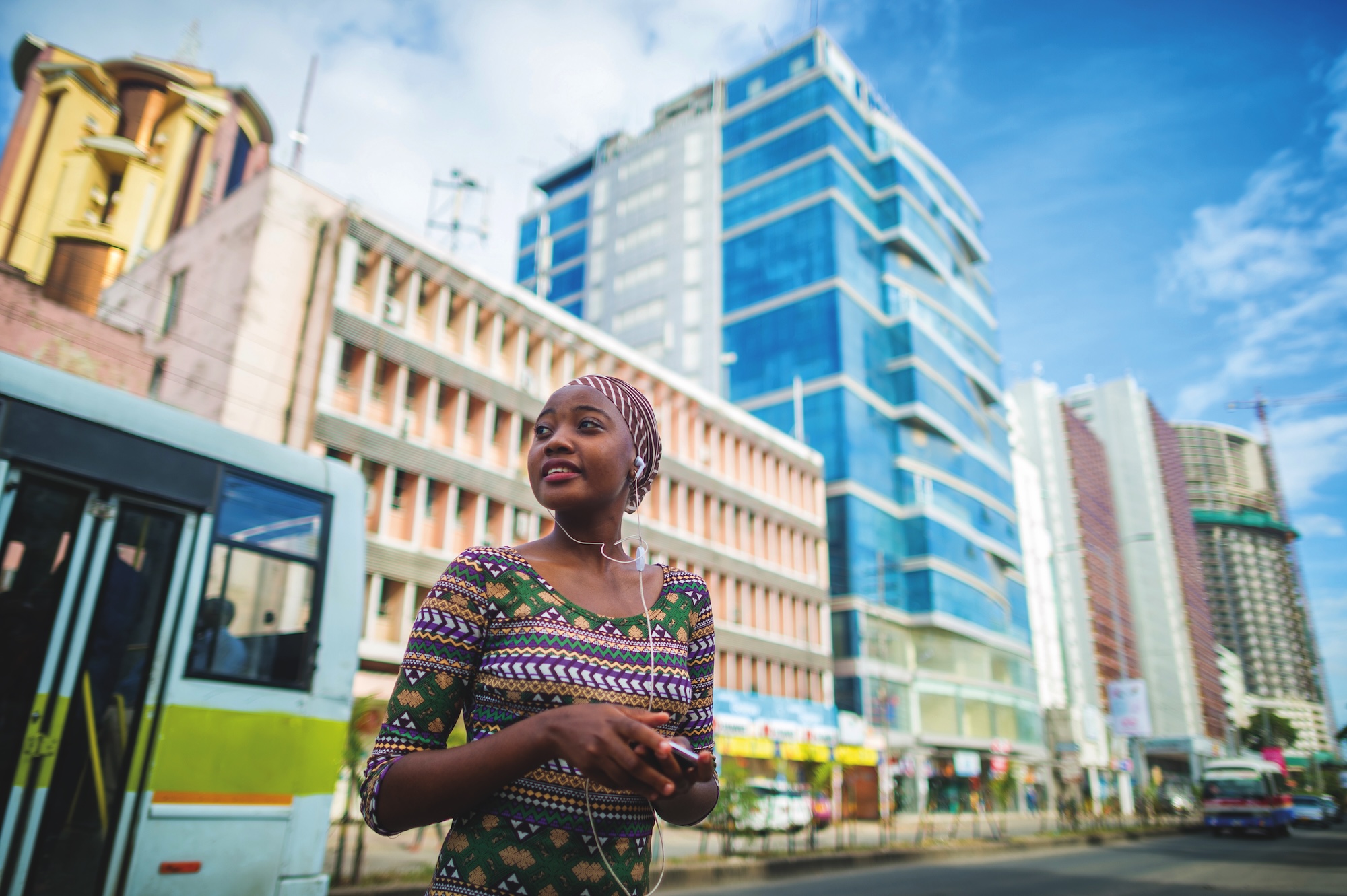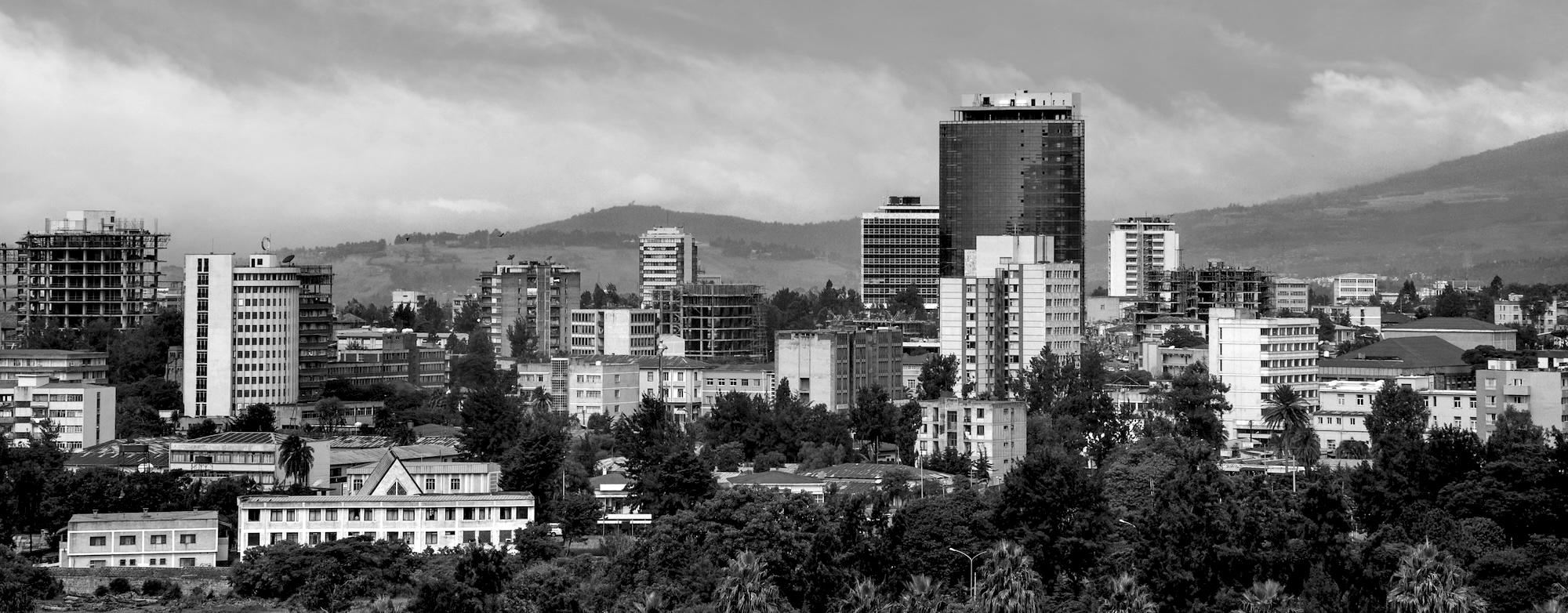Governments are the stewards of their people’s future. Governments set countries’ development trajectories and are empowered to implement them on behalf of their citizens.
The generation of African leaders in office today, at this moment of tremendous demographic and social change, has the potential to transform the continent’s future. These leaders’ priorities determine where Big Win Philanthropy works, and they are always in the driver’s seat in our partnerships. Our role is to act as a true partner, collaborating on design, providing resources and support where they are needed, and sharing honest feedback.
We seek out leaders who champion people-centered interventions where Big Win can be truly additive and that have the potential to become “big wins”. We hope that our partners’ initiatives will not only succeed on their own but will also change norms and practices beyond their country's or region’s borders.
As set out in our strategy, our ultimate goal is to work with our government partners to play a consequential role in directly transforming the prospects of 23.5 million children and young people by 2027. It is an ambitious and difficult target, but one to which we will hold ourselves accountable.
